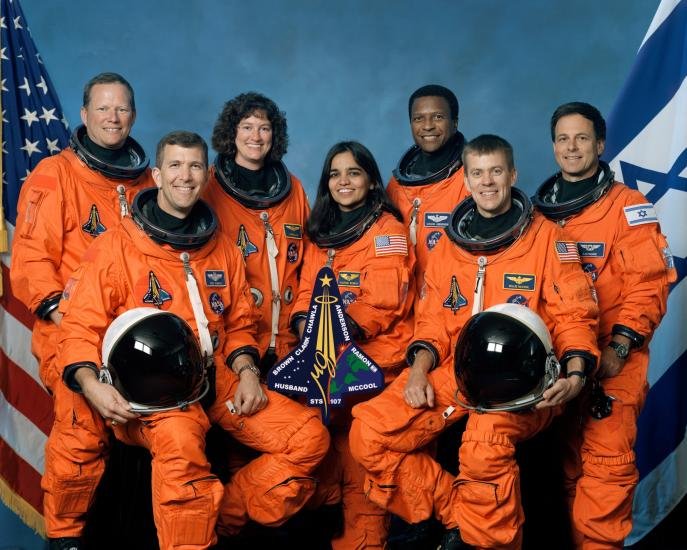Key Players in the Space Tourism Industry
The landscape of space tourism is experiencing rapid growth, with several major companies leading the charge. Among these, SpaceX, Blue Origin, and Virgin Galactic stand out for their significant contributions and innovative approaches.
SpaceX: Pioneering Commercial Spaceflight
Founded by Elon Musk in 2002, SpaceX has made significant strides in reducing space transportation costs and making space travel more accessible. Key achievements include:
- Successful launches and returns of astronauts to the International Space Station (ISS) using the Crew Dragon spacecraft.
- The historic Crew Dragon Inspiration4 mission, the first all-civilian spaceflight.
SpaceX’s future plans include offering private orbital flights, expanding public access to space and further solidifying its position as a dominant force in the space tourism industry.
Blue Origin: Enabling Private Human Access to Space
Established by Jeff Bezos in 2000, Blue Origin is focused on developing technologies to enable private human access to space. The company’s New Shepard rocket has successfully completed multiple suborbital flights, taking civilians beyond the Kármán line. Key aspects of Blue Origin’s approach include:
- Emphasis on reusability and safety.
- Plans to launch space tourism flights from its West Texas facility, offering customers the opportunity to experience weightlessness and breathtaking views of Earth.
Virgin Galactic: Suborbital Space Tourism
Founded by Sir Richard Branson in 2004, Virgin Galactic specializes in suborbital space tourism. The company’s SpaceShipTwo craft has undergone several test flights, demonstrating the feasibility of space travel for tourists. Virgin Galactic’s unique selling points include: Also check out https://scienceandaerospace.blog/exploring-a-new-frontier-the-future-of-space-tourism-a-new-frontier/
- A thrilling experience combined with the perspective of Earth from space.
- Strategic partnerships, such as collaborations with SpaceX for launch capabilities.
The Rise of Commercial Spaceflight
The commercial spaceflight industry is undergoing a rapid transformation, with several companies at the forefront of this exciting new era. SpaceX, Blue Origin, and Virgin Galactic are among the key players shaping the future of space tourism. Their innovative approaches and ambitious missions are opening up new frontiers for adventurous individuals seeking to explore beyond our planet.
Upcoming Space Tourism Experiences
Several companies are planning to offer a variety of space tourism experiences in the coming years:
- Suborbital Flights: Blue Origin’s New Shepard rocket is set to resume suborbital flights in 2024, providing passengers with a brief experience of weightlessness and stunning views of Earth from the edge of space.
- Orbital Missions: SpaceX’s Crew Dragon spacecraft is scheduled to embark on multi-day excursions to the International Space Station in late 2024, allowing private customers to live and work in microgravity for a limited time.
The Cost of Space Travel
The cost of space tourism varies significantly:
- Suborbital Flights: Typically start at around $200,000 per ticket.
- Orbital Stays: Can exceed $50 million, depending on the duration and specific package.
Safety and Regulations
Safety is a paramount concern for all space tourism companies. Rigorous standards set by regulatory authorities are in place to ensure the well-being of passengers.
The Future of Space Tourism
As technology continues to advance and interest in space exploration grows, the future of commercial spaceflight holds immense potential. The dream of space tourism is becoming a reality, offering thrilling opportunities for adventurous travelers.




